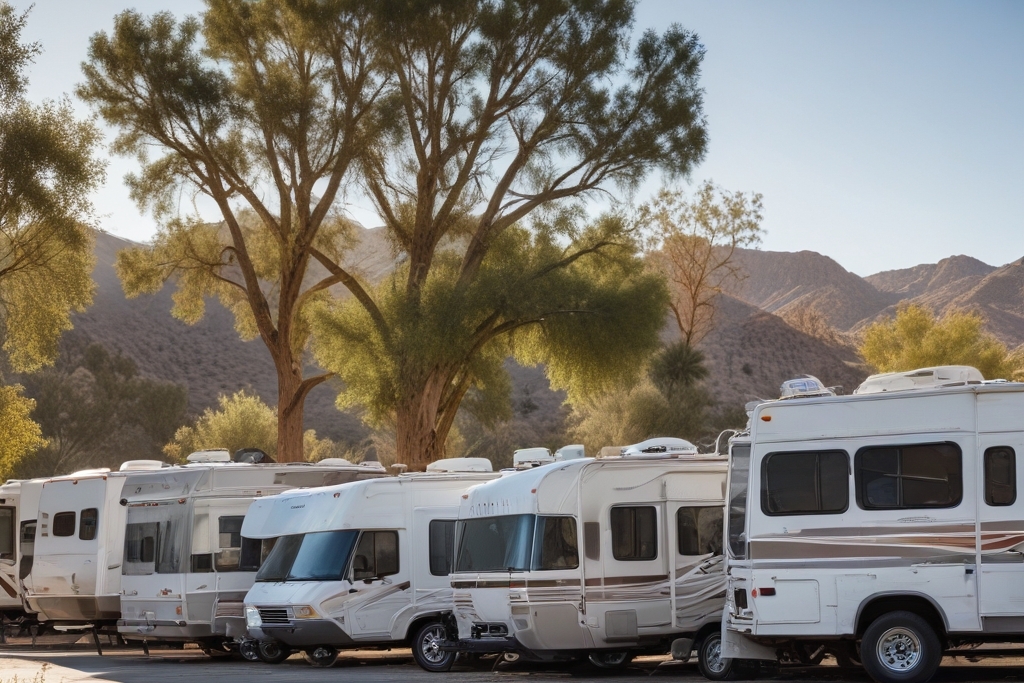Understanding Life Expectancy After Aortic Valve Replacement

Aortic valve replacement (AVR) is a critical surgical procedure aimed at treating aortic valve diseases, such as aortic stenosis or aortic regurgitation. These conditions can severely impact heart function and overall health. With advancements in medical technology and surgical techniques, the prognosis for patients undergoing AVR has significantly improved. This article delves into the factors influencing life expectancy after aortic valve replacement, the types of procedures available, and the long-term outlook for patients.
Aortic valve replacement is performed to replace a malfunctioning aortic valve with a prosthetic valve. The procedure can be done using either a mechanical valve or a biological valve. Mechanical valves are made from durable materials and can last a lifetime, but they require lifelong anticoagulation therapy to prevent blood clots. Biological valves, derived from animal tissues, tend to have a shorter lifespan but do not usually require long-term anticoagulation therapy. The choice between these valves depends on various factors, including the patient’s age, lifestyle, and medical history.
Several factors influence life expectancy after aortic valve replacement. Age is a significant determinant; younger patients generally have a better prognosis compared to older individuals. The presence of comorbid conditions, such as diabetes, hypertension, or chronic kidney disease, can also affect outcomes. Additionally, the patient’s overall health and fitness level prior to surgery play a crucial role in recovery and long-term survival.
The type of surgical approach used for AVR can impact life expectancy as well. Traditional open-heart surgery involves a sternotomy, where the chest is opened to access the heart. While this method is highly effective, it requires a longer recovery period. Minimally invasive techniques, such as transcatheter aortic valve replacement (TAVR), offer a less invasive alternative with shorter recovery times and reduced risk of complications. TAVR is particularly beneficial for high-risk patients who may not be suitable candidates for open-heart surgery.
Postoperative care and lifestyle modifications are essential for enhancing life expectancy after AVR. Patients are advised to follow a heart-healthy diet, engage in regular physical activity, and avoid smoking. Regular follow-up appointments with a cardiologist are crucial to monitor the function of the prosthetic valve and manage any potential complications. Adherence to prescribed medications, such as anticoagulants for those with mechanical valves, is vital to prevent adverse events.
Studies have shown that the life expectancy of patients after aortic valve replacement has improved over the years. On average, patients can expect to live 10-20 years post-surgery, depending on individual circumstances. Younger patients and those without significant comorbidities tend to have a longer life expectancy. It is important to note that while AVR can significantly improve quality of life and survival, it is not a cure for underlying heart disease. Ongoing management and monitoring are necessary to ensure optimal outcomes.
Aortic valve replacement is a life-saving procedure that offers hope and improved quality of life for patients with aortic valve diseases. The advancements in surgical techniques and postoperative care have contributed to better life expectancy outcomes. Factors such as age, comorbid conditions, and the type of valve and surgical approach used play a crucial role in determining long-term survival. By adhering to recommended lifestyle changes and regular medical follow-ups, patients can maximize their life expectancy and enjoy a healthier, more active life post-surgery.



